Can I Carry A Monopod On A Plane ?
Yes, you can carry a monopod on a plane as part of your carry-on luggage. However, it is always recommended to check with the specific airline you are flying with, as they may have their own regulations and restrictions regarding the size and weight of carry-on items.
1、 Current TSA regulations on carrying monopods on airplanes.
Current TSA regulations on carrying monopods on airplanes allow passengers to bring monopods as part of their carry-on luggage. However, it is important to note that these regulations can change periodically, so it is always advisable to check the latest guidelines before your travel.
As of now, monopods are generally considered to be acceptable items to bring on board. They are typically classified as camera accessories or sporting equipment, depending on their intended use. According to the TSA, camera accessories such as monopods are allowed in carry-on bags, but they may be subject to additional screening at the security checkpoint.
When packing a monopod for your flight, it is recommended to place it in your carry-on bag rather than checking it in. This way, you can ensure its safety and avoid any potential damage that may occur during the handling of checked baggage.
It is worth mentioning that while monopods are generally allowed, there may be specific restrictions or limitations imposed by individual airlines or airport security authorities. Therefore, it is essential to review the guidelines provided by your airline or consult with the TSA directly to confirm any specific requirements or restrictions that may apply.
In summary, as of now, you can carry a monopod on a plane as part of your carry-on luggage. However, it is always prudent to stay updated with the latest TSA regulations and check with your airline for any specific guidelines or restrictions that may be in place.
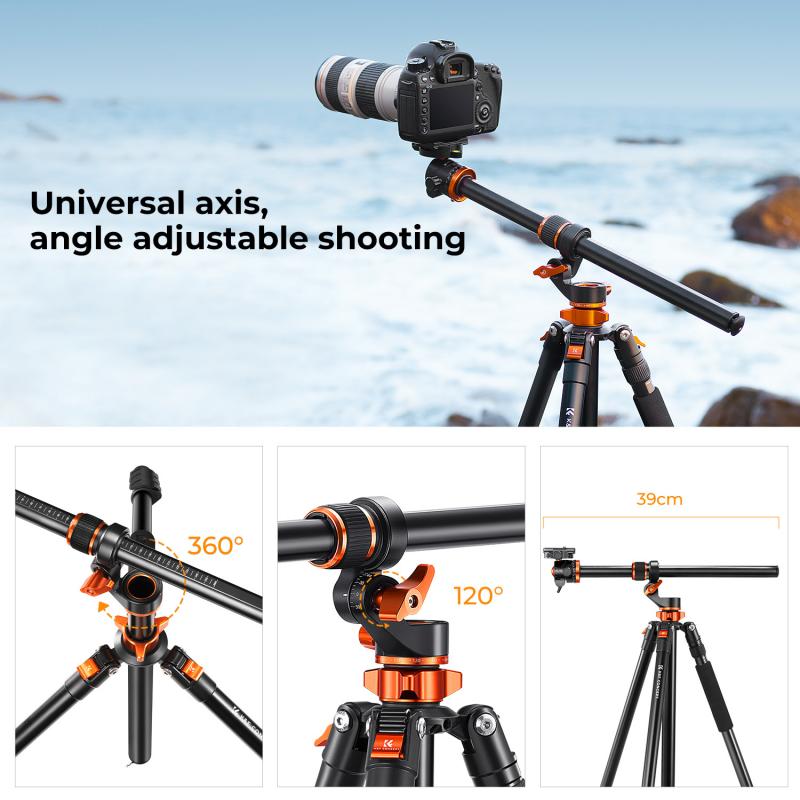
2、 Size and weight restrictions for carrying monopods as carry-on luggage.
Size and weight restrictions for carrying monopods as carry-on luggage can vary depending on the airline and country regulations. Generally, monopods are allowed as carry-on items, but it is important to check with the specific airline you are flying with to ensure compliance with their policies.
Most airlines have specific size and weight restrictions for carry-on luggage, typically stating that it must fit within the overhead bin or under the seat in front of you. Monopods are usually compact and lightweight, making them suitable for carry-on purposes. However, it is essential to consider the extended length of the monopod when determining if it meets the size requirements.
Additionally, some airlines may have restrictions on the type of equipment that can be carried on board. For example, if the monopod has a sharp or pointed end, it may be considered a potential safety hazard and could be prohibited. It is advisable to detach any removable parts or accessories and pack them separately to avoid any issues during security checks.
It is worth noting that airline policies can change, especially in response to security concerns or evolving regulations. Therefore, it is always recommended to check with the airline directly or consult their website for the most up-to-date information regarding carrying monopods as carry-on luggage.
In conclusion, while monopods are generally allowed as carry-on items, it is crucial to adhere to the size and weight restrictions set by the airline. Checking with the airline beforehand will ensure a smooth travel experience and help avoid any potential issues at the airport.
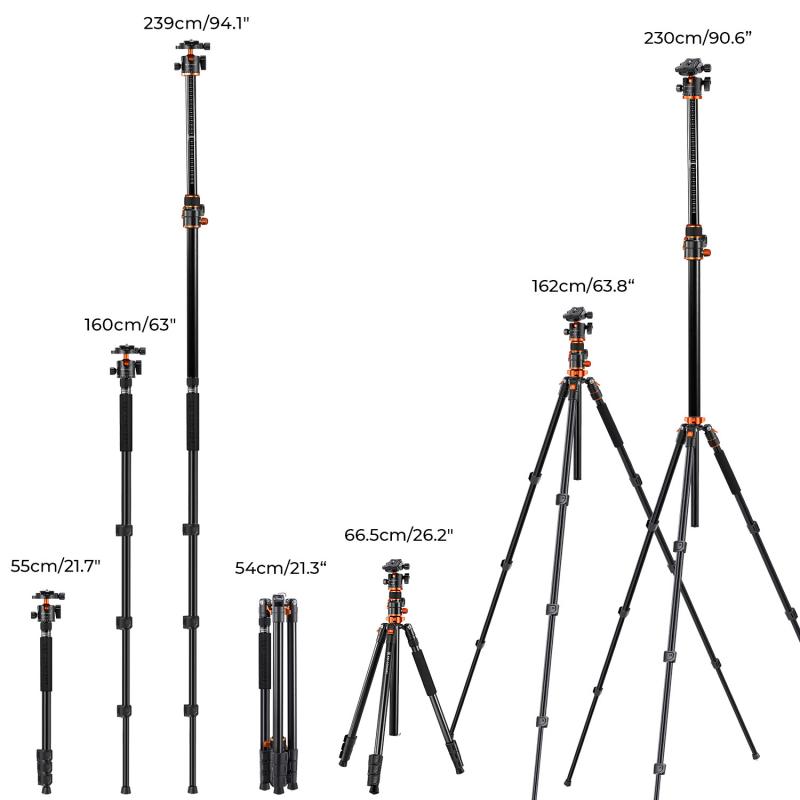
3、 Storing monopods in checked baggage and potential risks.
Storing monopods in checked baggage and potential risks.
Yes, you can carry a monopod on a plane, but it is generally recommended to store it in your checked baggage rather than carry it on board as a carry-on item. Monopods are considered to be similar to tripods and are typically allowed in checked baggage, but it is always advisable to check with your specific airline's regulations before traveling.
Storing your monopod in checked baggage ensures that it is securely stowed away and doesn't pose any potential risks during the flight. Monopods can be quite long and may not fit in the overhead compartments or under the seat in front of you, causing inconvenience to other passengers and potentially damaging the monopod itself.
However, it is important to note that there are some potential risks associated with storing monopods in checked baggage. Due to their length and structure, monopods can be fragile and prone to damage if not properly protected. It is recommended to pack them in a sturdy and padded case to minimize the risk of any breakage or bending during transit.
Additionally, there is a possibility of the monopod being lost or mishandled by the airline. While rare, it is always a good idea to label your baggage with your contact information and consider purchasing travel insurance to cover any potential loss or damage.
In light of the COVID-19 pandemic, it is also important to stay updated with the latest guidelines and regulations set by airlines and authorities. Some airlines may have specific restrictions or additional safety measures in place regarding the transportation of certain items, including monopods. It is advisable to check with your airline and review their latest policies before your flight.
Overall, while carrying a monopod on a plane is generally allowed, storing it in checked baggage is the recommended option to ensure its safety and minimize any potential risks.
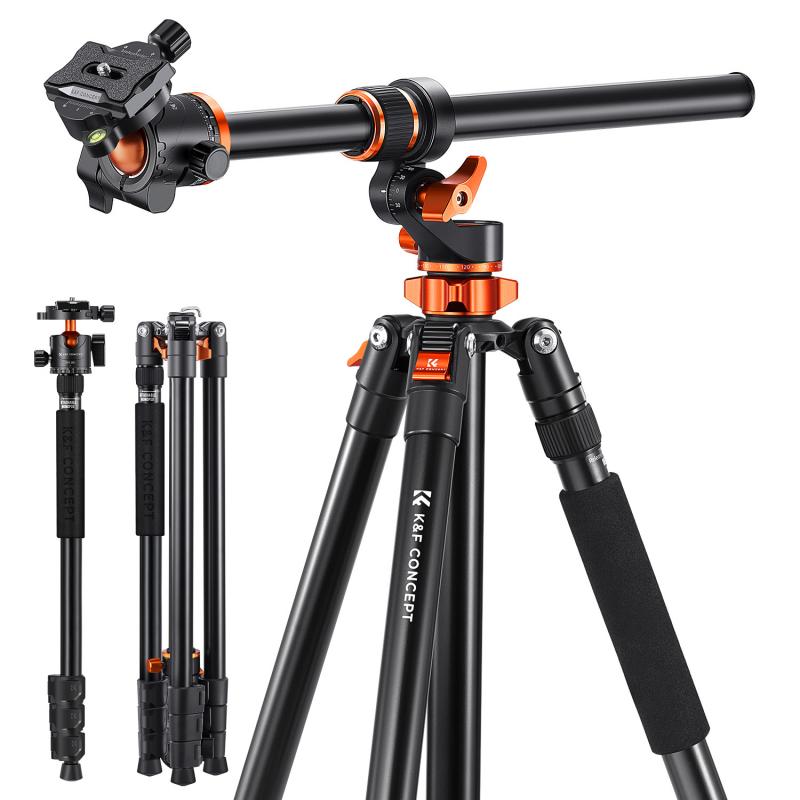
4、 International airline policies regarding carrying monopods on planes.
International airline policies regarding carrying monopods on planes may vary, so it is important to check with the specific airline you are flying with. However, in general, monopods are allowed to be carried on planes as part of your carry-on luggage.
Most airlines consider monopods to be similar to camera tripods, which are typically allowed as carry-on items. However, it is important to note that some airlines may have specific restrictions on the length or size of monopods that can be brought on board. For example, some airlines may require that the monopod can be collapsed to fit within the dimensions of the carry-on baggage allowance.
Additionally, it is always a good idea to check with the airline regarding any specific regulations or restrictions they may have in place. This is especially important as airline policies can change over time, and it is best to have the most up-to-date information.
It is also worth noting that security regulations may vary from country to country. While monopods are generally allowed on planes, it is possible that security personnel may request further inspection or screening of the monopod during the security check process.
To ensure a smooth travel experience, it is recommended to pack the monopod securely in your carry-on luggage and be prepared to comply with any additional screening or inspection requests from airport security or airline staff.
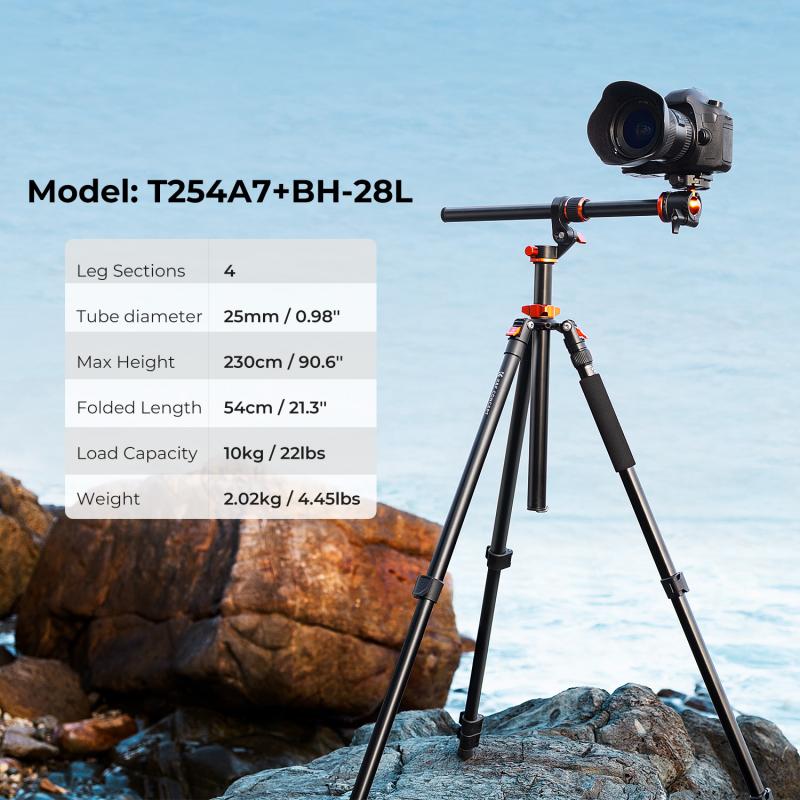


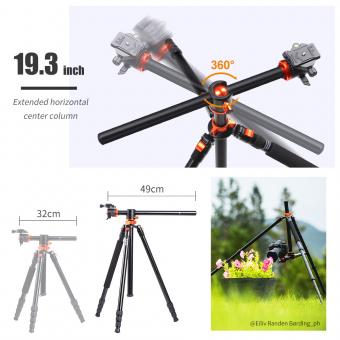

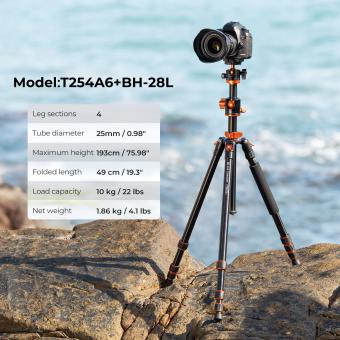

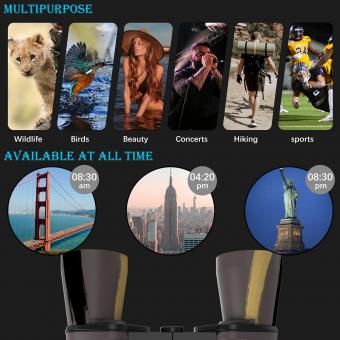
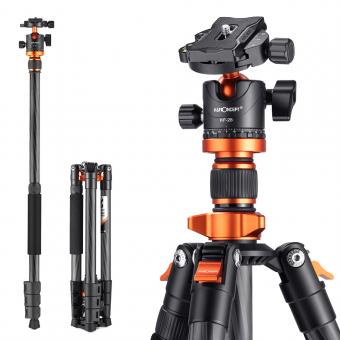

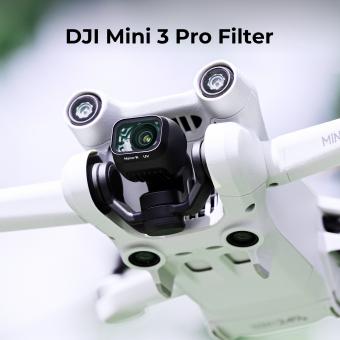

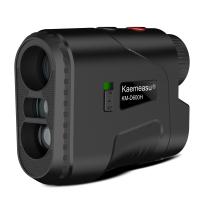

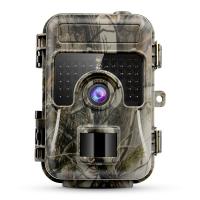



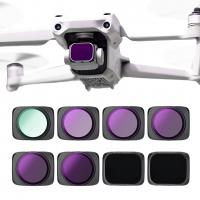

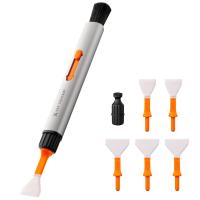

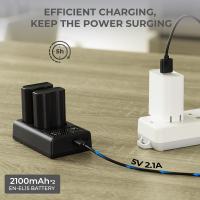

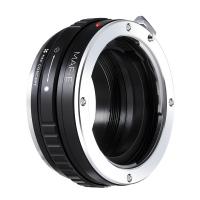
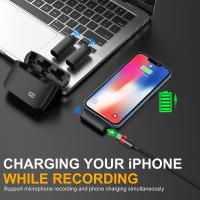
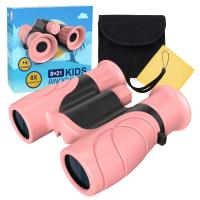
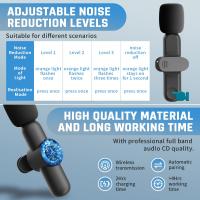
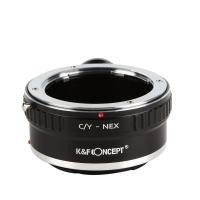
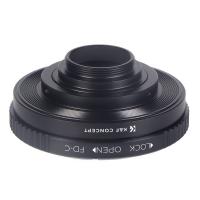
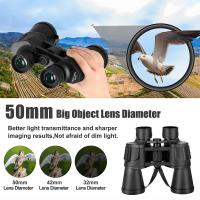
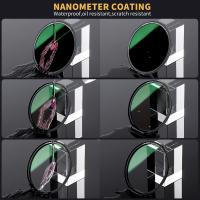
There are no comments for this blog.